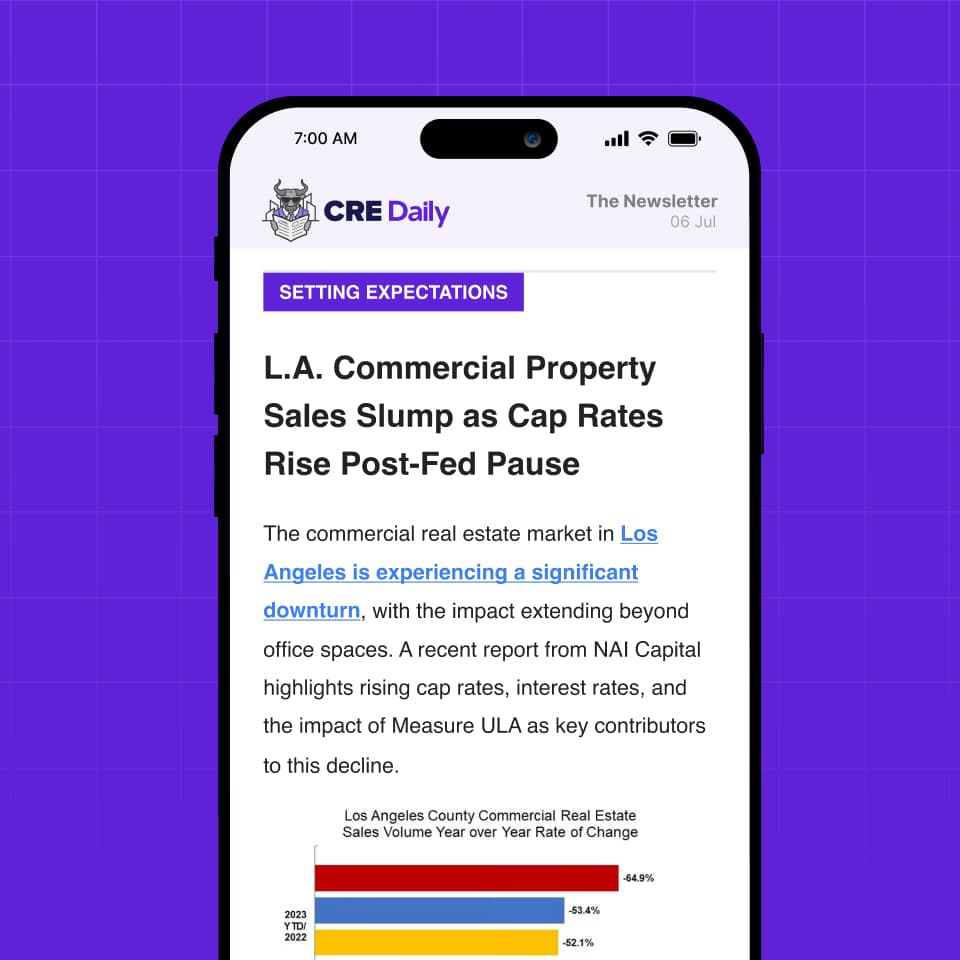- By 2030, the US population of seniors aged 80+ is expected to grow by more than 4M, boosting demand for senior housing.
- Senior housing development has struggled in recent years, with only a fraction of the required new units being built to meet future demand.
- While the sector faces challenges like high construction costs and labor shortages, acquisitions are becoming a more attractive option for major investors.
- High-end senior housing aimed at wealthier baby boomers is expected to flourish, with developers targeting those who can afford luxury amenities.
The oldest baby boomers are set to turn 80 in less than a year, sparking a dramatic shift in the senior housing market, according to WSJ.
The coming wave of aging boomers could even lead to a shortage of suitable senior housing, as development struggles to catch up with demand.
The Boomer Effect
By 2030, the US population aged 80+ is projected to swell to nearly 19M, with millions of older adults seeking senior housing.
For many, the decision to move to a facility often comes when they can no longer manage independently at home, making the need for senior living accommodations a growing issue.
While the sector faced a glut of senior housing in previous years, the tide is turning. The pandemic halted much of the sector’s growth, and the current development pipeline is not sufficient to meet projected demand.
Experts estimate that more than 560K new units will be needed by 2030, yet only 191K are expected to be added at current rates.
Changing Approach
In light of development challenges—such as high interest rates, rising building costs, and labor shortages—many developers are focusing on acquisitions rather than new construction.
Major players like Welltower and Ventas are investing heavily in buying existing senior housing communities, finding that it’s more cost-effective than building from scratch.
As demand for senior housing rises, many developers are eyeing the wealthier segment of the boomer market. High-end communities that cater to affluent seniors with luxury amenities—like private wine rooms, golf cart paths, and art studios—are increasingly in demand.
These projects cater to individuals who can absorb rent increases and rising costs, helping them weather financial challenges while providing a comfortable, high-quality living environment.
Why It Matters
This shift in focus to luxury senior housing could lead to fewer affordable options for seniors on fixed incomes, particularly as half of all seniors are unable to afford private senior living.
For wealthier seniors, however, this trend signals an influx of more tailored, upscale communities designed to meet their desires for comfort, convenience, and high-end living.
As more developers focus on the affluent senior market, the industry will need to strike a balance between meeting the growing demand and addressing the needs of a wider range of seniors.
The next decade will likely see a boom in senior housing, but it will require innovative solutions to meet diverse financial capabilities and desires.











